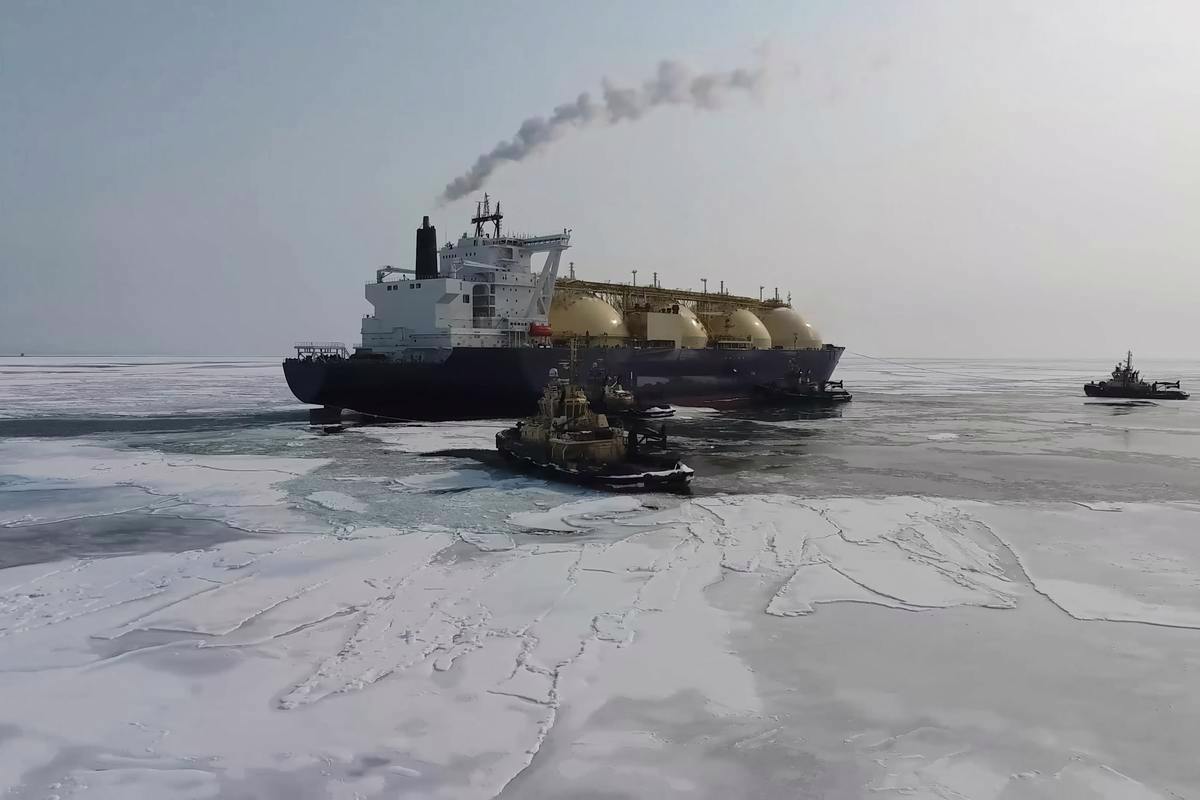IMO still undecided over scrubber washwater regulations
The IMO’s Sub-Committee on Pollution Prevention and Response (PPR) has failed to reach a consensus on the contentious issue of washwater discharge regulations at its 11th session.
 PHOTO: A liquefied gas tanker in the Arctic waters. Getty Images
PHOTO: A liquefied gas tanker in the Arctic waters. Getty Images
During last week's PPR 11th session, IMO member states and organisations discussed various proposals to establish regulatory measures for scrubber washwater discharge, according to a report from ABS.
The maritime organisation noted that the discharge of washwater from scrubbers could damage marine life, particularly in shallow waters. However, due to the differing opinions among participants and the lack of concrete evidence regarding the impact on aquatic life, the sub-committee opted to conduct a more thorough assessment of potential regulatory frameworks for washwater discharge in the upcoming year.
In the meantime, the IMO has asked member states and international organisations to submit additional proposals to the PPR 12th session, which will be scheduled next year.
Scrubbers or exhaust gas cleaning systems (EGCS) allow ships to comply with the IMO's 0.5% sulphur cap by capturing sulphur dioxide from exhaust gases. While the shipping and oil industries maintain that scrubbers are effective in mitigating pollution, the Clean Arctic Alliance and other opposition voices argue that pollution can only be diluted, and scrubbers are an outdated solution.
There are currently 5,260 scrubber-fitted vessels in operation and orders, according to DNV data. About 80% of these vessels are equipped with open-loop scrubbers that mostly discharge washwater into the open sea.
The lack of a clear decision from the IMO regarding scrubber wastewater discharge has resulted in a complex web of regulations, highlighting the challenges of balancing economic interests with environmental protection.
By Debarati Bhattacharjee
Please get in touch with comments or additional info to news@engine.online






